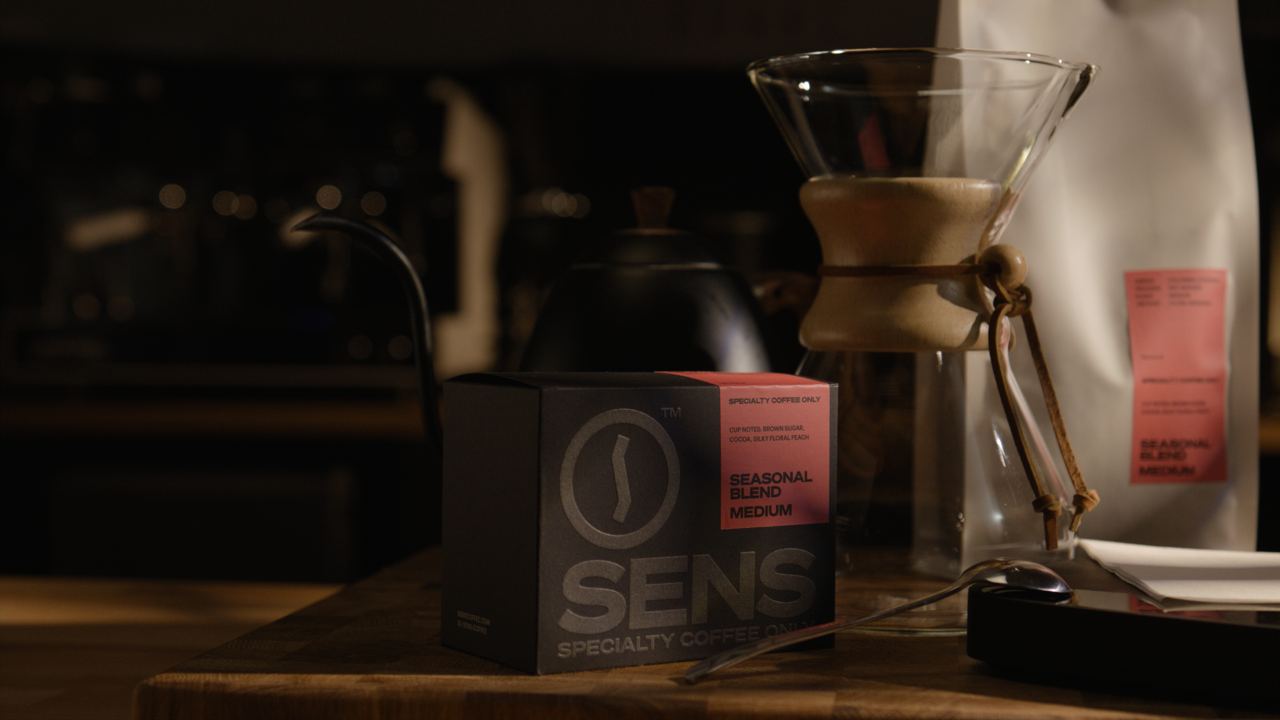Published on October 15, 2024
In the ever-evolving coffee industry, roasters face the challenge of meeting diverse consumer preferences. One effective strategy is to offer a variety of roast profiles, each highlighting different flavor characteristics and catering to a broad spectrum of tastes.
Understanding Roast Profiles
Roast profiles refer to the specific parameters and techniques applied during the coffee roasting process. These profiles determine the final flavor, aroma, and body of the coffee. The main roast levels include:
Light Roast – Beans are roasted for a shorter duration, preserving their original flavors and acidity. This results in a bright, tangy taste with fruity or floral notes.
Medium Roast – Achieved by extending the roasting time, medium roasts balance the beans' inherent flavors with the roast's influence, offering a harmonious blend of acidity, sweetness, and body.
Dark Roast – Beans are roasted longer, leading to a bold, robust flavor with pronounced bitterness and a heavier body. The roasting process's characteristics become more dominant, often overshadowing the beans' origin flavors.
Catering to Consumer Preferences
Today's coffee consumers have varied tastes, influenced by cultural backgrounds, personal experiences, and exposure to different coffee traditions. By offering multiple roast profiles, roasters can:
Satisfy Diverse Palates – Some consumers prefer the bright acidity of a light roast, while others might favor the deep, smoky notes of a dark roast. Providing options ensures that each customer finds a coffee that suits their taste.
Encourage Exploration – A range of roast profiles invites consumers to experiment and discover new flavors, deepening their appreciation for the complexity of coffee.
Build Brand Loyalty – When consumers find a roaster that offers their preferred roast level, they are more likely to become repeat customers, fostering brand loyalty.
Market Trends and Opportunities
The specialty coffee market has seen a growing interest in single-origin beans and unique flavor profiles. Roasters can capitalize on this trend by:
Highlighting Origin Characteristics – Light and medium roasts can showcase the distinct flavors of beans from specific regions, appealing to consumers interested in the story behind their coffee.
Offering Limited Editions – Seasonal or limited-edition roasts can create excitement and urgency, encouraging consumers to try new profiles and blends.
Challenges and Considerations
While offering a variety of roast profiles has its advantages, roasters should be mindful of:
Inventory Management – Maintaining multiple roast levels requires careful planning to ensure freshness and minimize waste.
Quality Control – Each roast profile demands precise control during the roasting process to achieve the desired flavor characteristics consistently.
Consumer Education – Providing information about the different roast levels and their flavor profiles can help consumers make informed choices and enhance their overall experience.
Conclusion
Incorporating a range of roast profiles allows roasters to meet the diverse preferences of today's coffee consumers. By understanding and implementing various roasting techniques, roasters can offer a spectrum of flavors, fostering customer satisfaction and loyalty in a competitive market.






